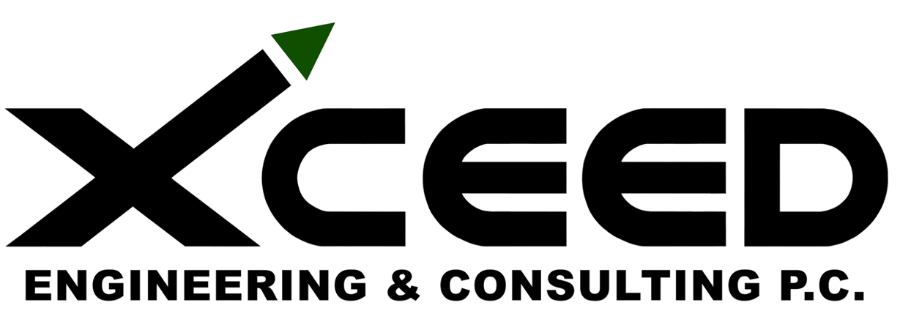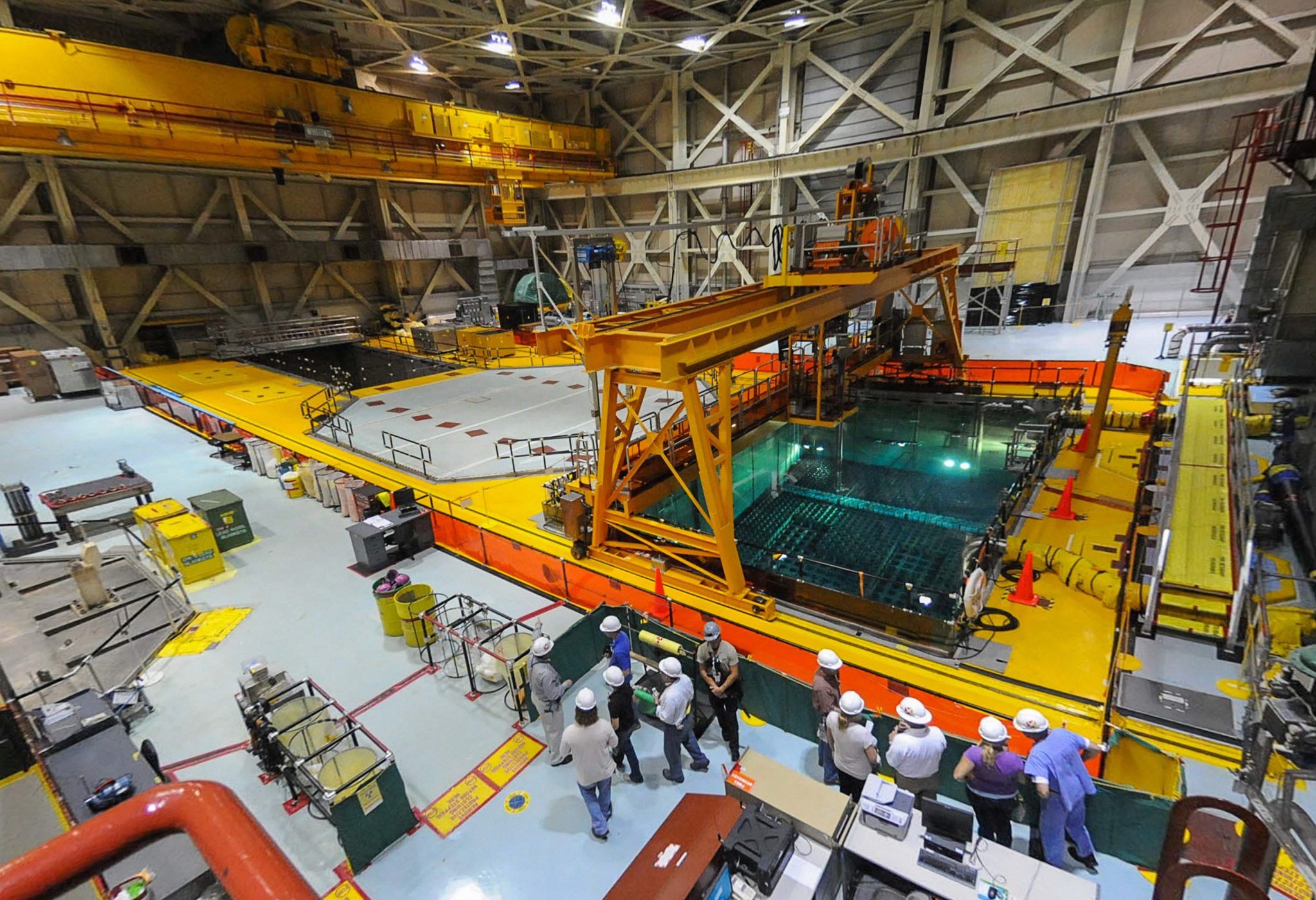Introduction
As nuclear power plants face growing scrutiny over safety and resilience, internal flood protection has emerged as a critical focus area. While external hazards like seismic events and hurricanes often capture public and regulatory attention, internal flooding—originating from failed piping, blocked floor drains, or compromised barriers—can pose an equally serious threat to plant safety systems.
Understanding and mitigating this risk requires a multi-faceted approach: proactive inspections, probabilistic risk assessment (PRA), and expert field services like those provided by XCEED Engineering, which specializes in identifying flood barriers and maintaining credited drainage paths.
Why Internal Flooding Demands Vigilance
Internal flooding events can occur unexpectedly and rapidly, triggered by a ruptured pipe, a malfunctioning valve, or a clogged drain. Such events can lead to:
- Inundation of safety-critical electrical and mechanical systems
- Loss of redundancy in cooling systems
- Impaired access for operators during emergency conditions
Even relatively small water intrusions can result in safety system failures if they affect essential components. Historical incidents have shown that water damage in control rooms, switchgear areas, and battery banks can compromise plant operations, triggering scrams or limiting emergency response capabilities.
Key Inspection Areas
- Piping Systems
Internal piping—whether carrying service water, feedwater, or fire protection—must be routinely inspected for corrosion, erosion, support degradation, and signs of leakage. These systems are a common source of internal flooding when neglected. - Floor Drains, Check Valves, Sump Systems And Drainage Piping
Credited drainage pipes, sumps and drains play a pivotal role in flood mitigation by channeling away water from sensitive areas. However, their effectiveness depends on regular inspection and cleaning. A restricted or blocked drain can result in water pooling around vital electrical equipment, creating significant safety risks.
XCEED Engineering provides comprehensive services to inspect, test, and clean credited drainage systems, ensuring they meet regulatory and functional standards. This includes verifying drain slope, removing sediment and debris, and validating credited drainage flow paths and rates.
- Flood Barriers and Penetration Seals
Flood protection relies heavily on the performance of passive features like water-tight doors, hatch seals, and cable penetration barriers. These elements must be inspected for mechanical wear, gasket integrity, and anchoring stability.
XCEED Engineering offers detailed barrier identification and assessment, helping plants verify whether flood protection features are in place, properly documented, and fully functional. Their teams use field-verified mapping and condition assessments to ensure compliance with licensing basis documents.
Validating Assumptions when Using Probabilistic Risk Assessment (PRA) to Guide Decisions
Modern nuclear safety strategies emphasize risk-informed decision-making, and PRA is essential in this regard. By quantifying the likelihood and potential consequences of internal flooding scenarios, PRA enables plant operators to:
- Identify high-risk areas and prioritize inspections
- Evaluate the impact of drainage failures on critical safety functions and CDF
- Support regulatory justifications for design upgrades or alternate mitigation strategies
For example, a PRA might determine that failure of a single credited floor drain in a cable spreading room would significantly increase the core damage frequency due to flooding-induced loss of instrumentation. In such cases, plants can take preemptive steps—backed by PRA data—to upgrade drainage capacity or improve barrier integrity.
A key tenet of the PRA is the development of supporting calculations to justify drainage flowrates. These calculations are based on clearly defined design inputs and assumptions. It is essential that any factors impacting flowrate—such as pipe condition, obstructions, and cleanliness—are identified and verified during the design and assessment phases.
Design assumptions must be validated through inspection and assessment to ensure the actual pipe conditions align with the modelled parameters. Any deviation, such as reduced pipe diameter due to scaling or partial blockages, can significantly impact flow performance and must be accounted for in the final design.
Accurate and verifiable design inputs are critical to ensure the reliability of drainage system performance and to mitigate risk during operation.
XCEED Engineering: Supporting Plant Resilience
XCEED brings a unique combination of field expertise, engineering analysis, and regulatory insight to nuclear internal flood protection. Our services include:
- Identification and documentation of flood barriers and credited features
- Inspection and flow-testing of floor drains and sump systems
- Cleaning and maintenance of drainage infrastructure
- Support for flood hazard evaluations and licensing compliance
By partnering with XCEED, licensees can close inspection gaps, restore degraded systems, and proactively defend against a highly underestimated risk.
Conclusion
Internal flooding remains one of the most underappreciated hazards in nuclear safety. Through focused inspection of pipes, floor drains, and flood barriers, and with the strategic use of probabilistic risk assessment, plants can dramatically reduce the likelihood of water-related system failures.
With expert support from service providers like XCEED, the industry has access to the tools and knowledge necessary to ensure internal flood protection measures are both effective and fully creditable. In a sector where safety is paramount, no detail—no matter how hidden or humble—can be overlooked.

